Arvine Wales (1785-1854)
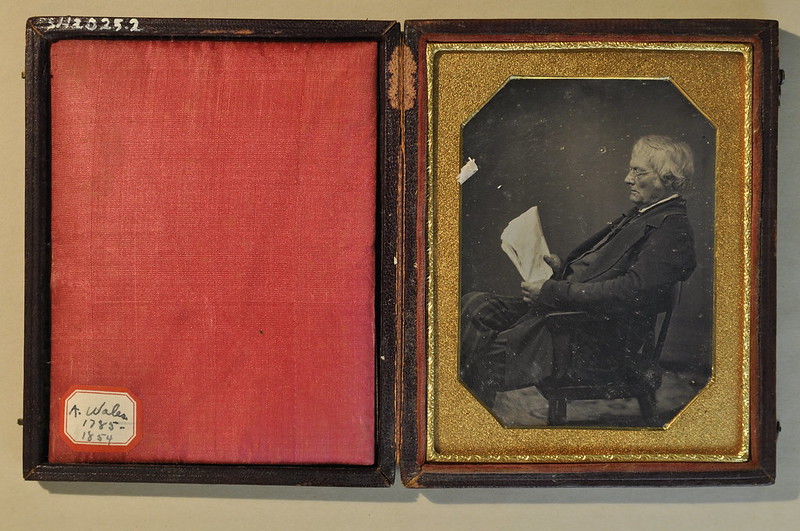
Arvine Wales was born on June 10, 1785 in New Stanford, Vermont. In 1811, he was working in Hartford, Connecticut, and drove 408 Merino sheep over the mountains to Ohio for Thomas Rotch. They traveled at the rate of 12 miles a day at a total cost of $1,847.37-1/2, which included tavern bills for six men, mending the wagon several times, and leather for the sheep muzzles to keep them from eating laurel. These sheep were the foundation for the Kendal Woolen factory and the fortunes of Arvine Wales and Alexander Skinner. Skinner continued in the wool business, but Wales identified himself with agriculture and real estate. His first purchase of land was Lot #2 in Kendal in 1812 on Front Street (Wales Road), and then the quarter section of land north of Hills and Dales Road in 1816. This property was always referred to in later years as the “upper farm.”
Arvine lived with the Rotch’s in their large log cabin on the farm until he built his small brick house in about 1820 on the “upper farm” (the house was razed in 1968). At the time of the Rotch’s deaths in 1823 and 1824, he became their executors, inherited $1,000 and in 1831 purchased their home and 65 acres from the estate for $6,000. Thomas Rotch had paid $2.00 an acre for the land in 1812.
Charity left about $12,000 to found a school. Arvine was Treasurer of the Fund, bought the land and built the buildings. The school opened in 1844. He never missed a day going over to the Charity School from his own farm, and he increased the fund from $12,000 to $40,000 during his lifetime. After his death in 1854, his son, A.C. Wales, took his place as a trustee on the board.
In 1831, James Duncan, Alexander Skinner, and Arvine Wales gave two acres of land for “literary purposes” and this is the site of Longfellow Middle School, the forth school on this land (this is now where the Salvation Army stands between 5th and 6th streets behind the Five Oaks). In 1848 the Union School was established and Arvine Wales served on the Board of Education as Treasurer.
Perrins’ History of Stark County states “Whatever may be due Charity Rotch for her gift for the education of the poor and needy, all of which will ever be gratefully acknowledged, the name and memory of Arvine Wales will ever be kindly and affectionately remembered in connection with the cause of education not only for his guarding the fund upon which the Charity School is based but for his devotion to the cause of popular education during his long and useful life. The Union School of Massillon and the Charity School of Kendal are monuments which bear the impression of his care and watchfulness.”
Two thousand acres of land which had belonged to the Rotch’s were sold to the Kendal Community (1826-1829), which, as an early venture in socialistic living, was not a success. As no interest had ever been paid on the mortgages, the Rotch heirs demanded a foreclosure in 1829. In 1831, Duncan, Wales, and Skinner purchased the land together, and separately and subsequently developed the 4th Ward as an addition to the Town of Massillon.
The Massillon News of 1854 gives a long obituary on the death of Arvine Wales and states that “without much education by close study and application he made himself one of the most intelligent and practical men in this section of Ohio. He was social in his habits and kind and hospitable. He entertained his friends at his fireside with such plainness and simple-hearted kindness as to assure a stranger even a cordial welcome. In him the oppressed and down-trodden had a firm friend as many a fleeing bondman can testify.”
His sympathies with the Abolitionist Movement, nurtured by his Quaker associations, made his home a station on the Underground Railroad, continuing in the Rotch’s footsteps.
Arvine married Mary Kimberly (1795-1823) on December 31, 1822. A Quaker orphan, she came from Wheeling to be a companion and assistant to Charity Rotch. She died a year after her marriage in childbirth the same day as Thomas and a week after her and Arvine’s son died. The infant was buried on September 7, 1823.
On January 18, 1825 he married Ann Foote Baldwin, the widow of Pomeroy Baldwin of Hudson. She bore him one son, Arvine Chaffee Wales in 1827. She was the grandmother of Frank Lee Baldwin, whose home later became the Massillon Museum and is now part of the Massillon Public Library. Ann had a son from her first marriage, Pomeroy Jr., who was ten years old when Ann and Arvine married. Ann Foote died on September 21, 1828.
Arvine’s third wife was Nancy Smith Shepherdson (1791-1854), a widow from Palmyra, New York, whom he married on May 29, 1833. She came to Massillon to visit her two daughters, Mrs. J.V.C. (Lydia) Teller, and Mrs. Samuel (Ann Louisa) Pease. Nancy Shepherdson was responsible for promoting the education of her stepson, Arvine Chaffee, and for the well-known hospitality of the house.
Lydia Shepherdson was the wife of Dr. J.V.C Teller, an eminently successful physician and surgeon until he abandoned his profession to enter the merchandising field. “Auntie” Teller spent much of her time at Spring Hill, and after the death of her mother Nancy in 1854, was hostess for Arvine Chaffee until his marriage to Eliza Weimer Robinson in 1864. A bedroom upstairs has always been called “Auntie Teller’s room.” Ann Louisa Shepherdson married Samuel Pease, a successful lawyer who became Massillon’s first mayor in 1854.
Arvine Chaffee Wales (1827-1882)
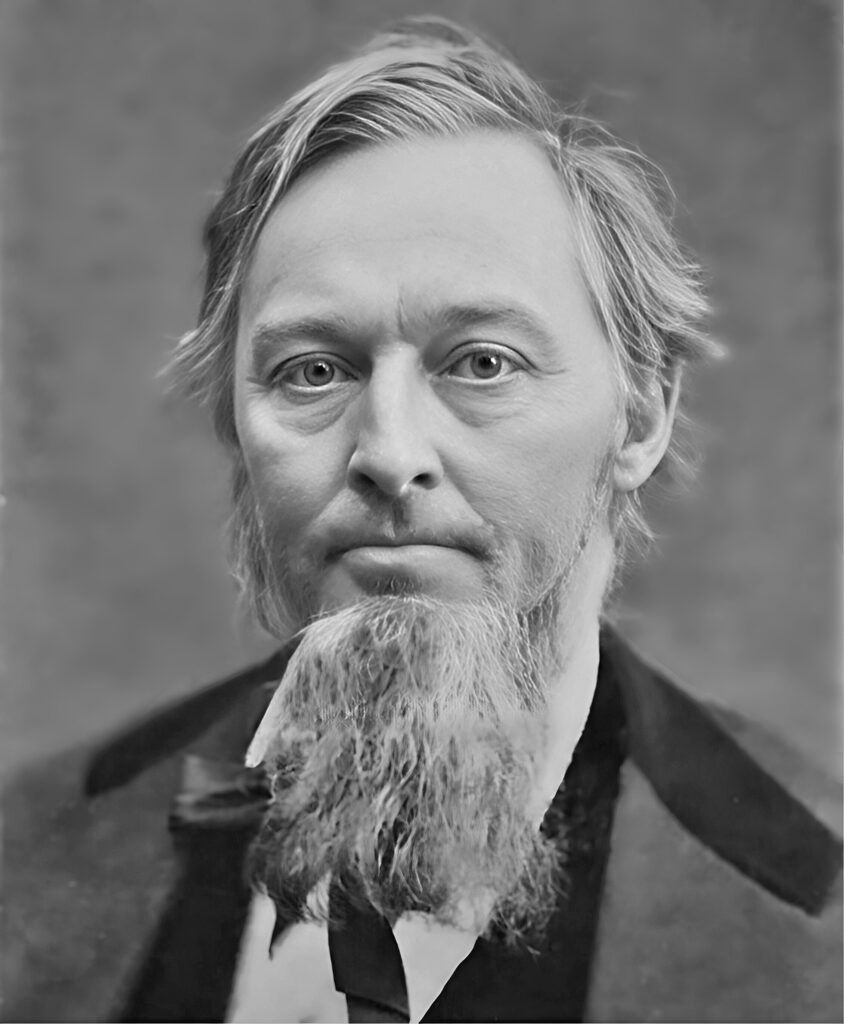
Chaffee received his higher education at Woodward College of Cincinnati in 1844-46, then read law and was admitted to the Cleveland bar in 1848. He graduated Harvard Law School in 1849, and at once entered upon a successful practice of law.
Chaffee abandoned his law career in 1854 upon the death of his father (Arvine I) which brought him into the possession and care of a large estate—the Spring Hill homestead containing nearly one thousand acres of the best farming land in Stark County. He had been President of the Stark County Agricultural Society for several years, and from 1879 until his death was a member of the State Board of Agriculture, where he was instrumental in establishing the crop reports, farmers’ institutes, and other progressive work of the board.
Much like his father, Chaffee was a great friend of education, and himself fundraised the money with which the Union School of Massillon was built. For twenty-eight years he had been a director and treasurer of the Charity School of Kendal.
Chaffee was elected to the State Senate in 1870, filling the unexpired term of Gen. Potts, and was re-elected a member of the 60th Assembly, serving his district in the Senate in 1871-72, and was prominent in educational, agricultural, and railway legislation. In 1873 he was a prominent candidate for the Republican nomination for Congress, and in ’75 was prominently mentioned for Lieutenant Governor.
On December 28, 1864, he married Eliza A. Weimer Robinson, with whom he had three children: Helen (Nell), Arvine III, and Horatio Watson Wales. He fell into a long, painful illness induced by a sun-stroke in the harvest field in 1881, which confined him to his bed for nearly two months. He passed away at his Spring Hill home on July 26, 1882.
Eliza Ann Weimer Wales (1839-1914)
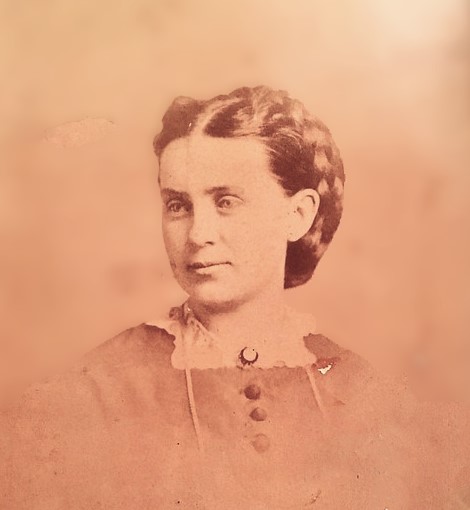
Eliza Ann Weimer was born in Marshallville, Ohio on December 28, 1839. Her father, John Martin Weimer, was an immigrant from Alsace, France who came to America in 1833. He quickly became a successful cabinet maker and joiner (He made the sofa in the parlor of Spring Hill as a gift to Eliza). Mr. Weimer married Susanna Holser in 1836, and had seven children: Sarah, Susanna, Eliza, Martin, John, Jacob, and Ida. Three of the children did not survive past infancy, leaving Eliza as the eldest sister to John, Jacob, and Ida.
Her first husband was William H. Robinson, of Canal Fulton. William came from a prominent merchant family but he would pass away suddenly in 1860 at the age of 28. A few years later, Eliza, as a young and beautiful widow, met Arvine Chaffee Wales. Until that point Arvine Chaffee had been a confirmed bachelor. But thereafter was head-over-heels for “Lida,” as he called her. They were married in Lancaster, Pennsylvania on Eliza’s 25th birthday in 1864, and honeymooned in Washington, D.C. – a popular destination at the time.
Eliza was an excellent match for Arvine Chaffee. Her strong affection for her home, for Massillon and her friends, mixed with her good nature and hospitable attitude were among her many endearing characteristics. Her interests varied from horticulture, to opera, to a good game of cards. She had a keen mind for management and was directly involved with the affairs of Spring Hill farm as well as the Massillon community. After the death of A. C. Wales in 1882, Eliza was left in charge of the farm and to care for their three children, Helen, Arvine III, and Horatio.
In 1890, the family left the Spring Hill home and moved to San Leandro, California, for about two years. Horatio had been quite sick and this move was partly for his health, and partly to avoid costly repairs to the house. Possessions were stored in the wool house and in some rooms of the main house. Tenant farmers lived in the home, using the basement kitchen and family dining room, the upstairs dining room and parlor. The remainder of the house was closed.
When the family returned from California they lived in Massillon on the northeast corner of Lincoln Way East and Sixth Street (Main and High Streets). They would live there until Helen married Robert Skinner, and Arvine III married Edna McClymonds. Eliza then divided her time between Arvine III’s residence at Spring Hill and Helen’s various homes in Europe. While visiting with Helen and Robert in Hamburg, Germany, Eliza became gravely ill and passed away on April 24, 1914. She was laid to rest in the family plot at Massillon Cemetery.
Helen “Nell” Wales Skinner (1868-1956)
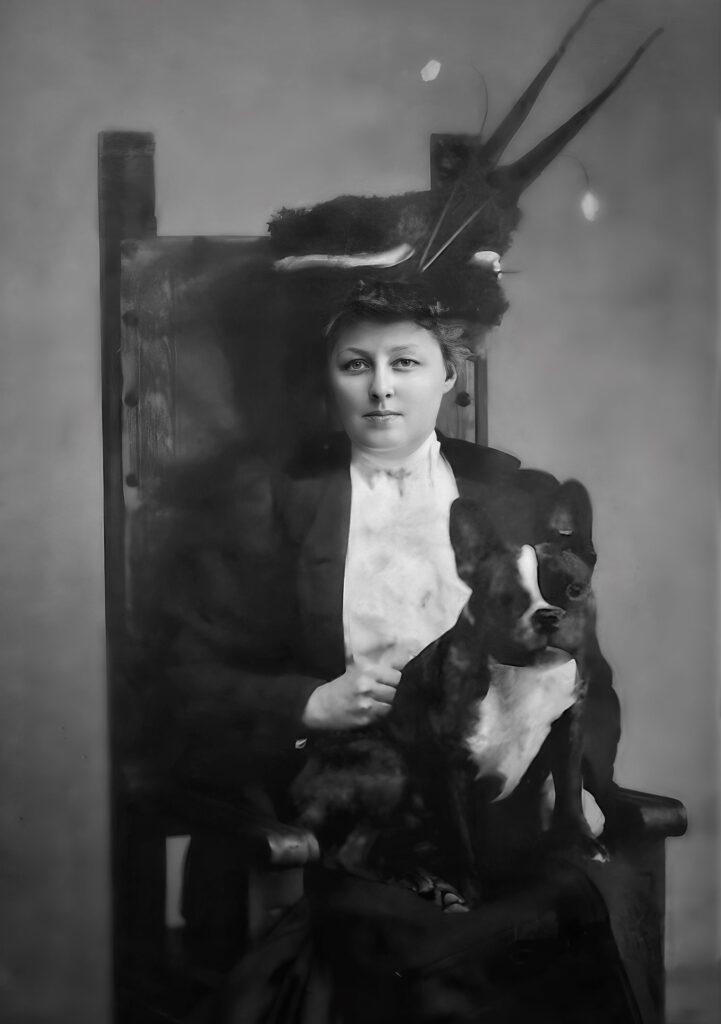
Nell married Robert Peet Skinner in June 1897. Robert P. Skinner (1866-1960), a native of Massillon, was editor of the Evening Independent from 1886 until 1897, before engaging in a diplomatic career.
He served as consul and consul-general at Marseilles, France, from 1897-1908; consul-general at Hamburg, Germany, 1908-1914; at Berlin, Germany, January 1914-July 20, 1914; at London 1914-1924; at Paris, France 1924-1926. From 1926-1931, Mr. Skinner served as minister to Greece, and from 1931-1933, as minister to Latvia, Estonia, and Lithuania with headquarters at Riga. He was appointed ambassador to Turkey in 1933, and remained in that position until his retirement in 1939. In 1903 he was appointed commissioner, by President Theodore Roosevelt, to negotiate a treaty between the U.S. and Abyssinia (modern day Ethiopia). The expedition was one of this country’s earliest attempts to introduce U.S. products and costumes to a foreign country, and resulted in a treaty establishing direct trade.
Mr. Skinner appointed Dr. A. Per Lee Pease of Massillon as surgeon and general medical officer, and Horatio Wales as secretary. Mr. Skinner is sometimes called the “Father of the Rogers Act,” which authorized, in 1924, the advancement from the Consular Service to the diplomatic, and Robert Skinner was the first consul to work his way up to ambassador.
The Skinner’s had a home in Paris until 1939, and then in Belfast, Maine, where they both died. They are buried in Massillon Cemetery.
Arvine Wales III (1869-1935)

Arvine III was at Yale during the time the family was in California, and in 1900 married Edna McClymonds. He was connected with the Massillon Savings & Banking Co., treasurer and manager of Griscom Russell Co., formerly Russell & co., and managed Spring Hill farm. He built a large home, water tower and stable up on the hill. His daughter, Martha (Mrs. Charles W. Chase), remodeled the stable into the home in 1938 and lived there until 1942. Arvine and Edna Wales had six children: Elizabeth, Martha, Ruth, Helen, Arvine IV, and Walter.
Walter was killed in World War II. One daughter, Mrs. R.P.L (Elizabeth) McLain, formerly lived on Spring Hill, and her brick home may be seen to the north (home to Phil and Sharon Roberson family from approximately the 1990s on).
Arvine’s home on the hill (to the east of the historic home) was completed in 1903 and burned to the ground in 1923. The family then moved to Ossining, New York, and also maintained a home in Yeaman’s Hall, Charleston, S. C., and a summer home at Saturday Cover, Northport, Maine. After Arvine’s death in 1935, his wife made her home in Maine.
Mrs. Wales (Edna McClymonds) and her sister, Ruth, presented their parents’ home, “Five Oaks” to the women of Massillon for a Women’s Club, and is also preserved by the Massillon Heritage Foundation.
Horatio Watson Wales (1880-1952)

Horatio attended University School in Cleveland and graduated from Sheffield Scientific School at Yale University in 1903. In 1909, he took a course in agriculture at the Ohio State University.
After graduation from college, he spent a year as Secretary to the American Commission to Abyssinia (Ethiopia) and was decorated with the Order of the Star of Ethiopia. The next four years were spent in the oil fields and on a cattle ranch in Oklahoma. He returned to Spring Hill and was connected with the First National Bank 1915-1917, and with the C.W. Stuart Co., 1920-1923.
In 1909 he began remodeling the house, as there was no central heating, electricity, or plumbing, and in October 1910, married Irene McLain.
He was a veteran of World War I, entering the second officer’s training camp at Fort Benjamin Harrison, Indiana, in 1917 and became a first lieutenant of field artillery. He served overseas in 1918 with the Headquarters company of the 322 nd Field Artillery, 158 th Brigade, 83 rd Division.
Soon after returning to civilian life in 1919, he joined with a group of other veterans in founding Massillon Post No. 221, American Legion, where he was a charter member and served as the second commander. He managed the farm and was a true country gentleman and sportsman. The family and their friends all remember the hospitality of the home and the delicious and unusual meals served there.
Mr. and Mrs. Wales both had riding horses and were active in area hunts, and Horatio traveled throughout the country on fishing and hunting trips.
Irene McLain Wales (1886-1973)
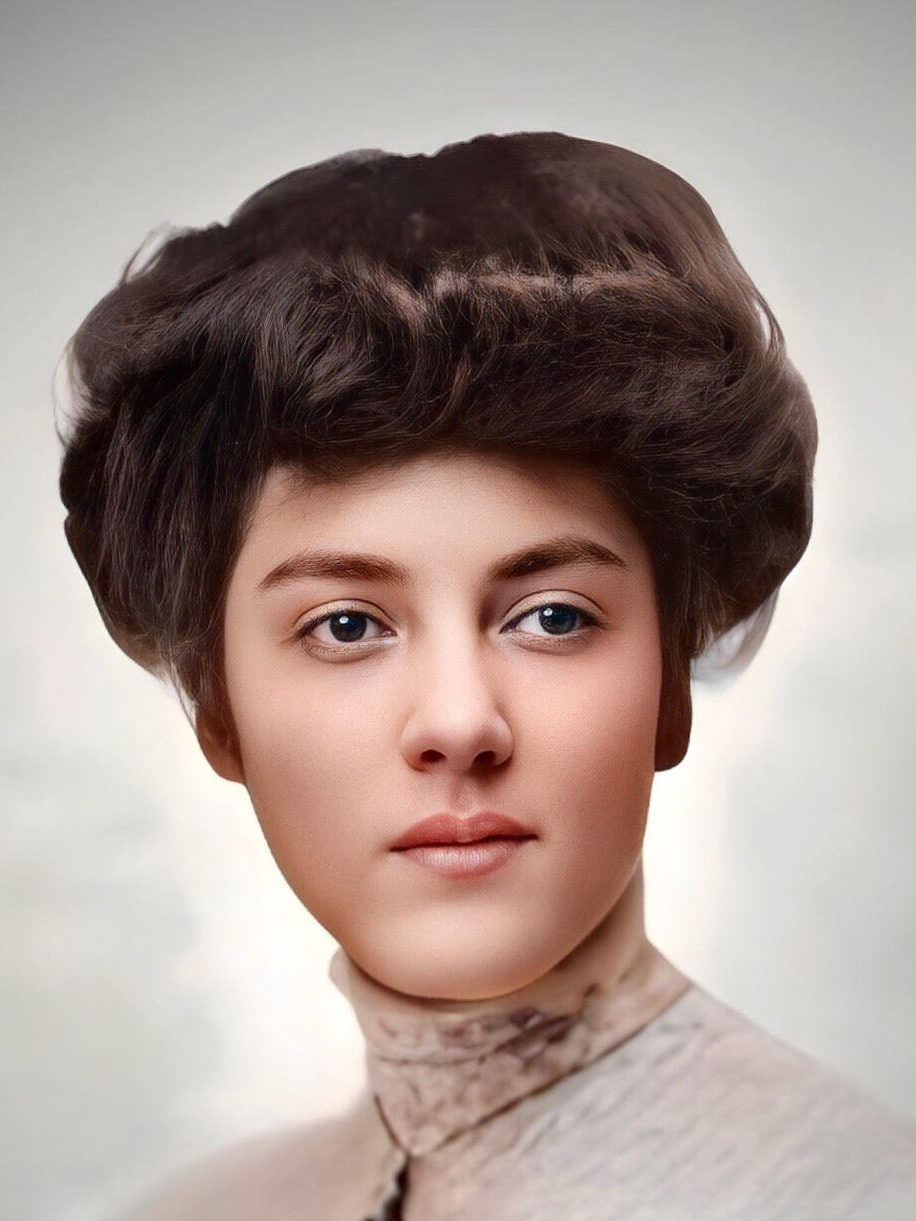
Irene McLain Wales was the daughter of Mr. and Mrs. John E. McLain, a Massillon entrepreneur and banker. She was born in St. Paul, MN on August 23, 1887, but early in childhood her family relocated back to Massillon. She came to Spring Hill as a bride in 1910. Her aunt, Mary McLain Russell, gave her the choice of a big wedding or financial gift, and she chose to have a spectacular wedding with Horatio W. Wales. The wedding took place at the Massillon Social Club, now Mt. Cavalry Baptist Church on Fourth Street.
She tried to become interested in all her husband’s sports (hunting, fishing, etc.), but the only one she really enjoyed was riding and she became an excellent horsewoman. Mr. and Mrs. Wales traveled to Europe in the early 1830s with Arvine III’s family, and visited the Skinners in Greece. Later, on another trip to Europe, they visited the Skinners in their Paris home. They took many hunting and fishing trips, and one fall rode through Glacier Park on horseback with Ralf McLain, her brother who was a park ranger.
As a young woman, she was not interested in the history of the families nor of the house, but after finding letters in the wool house and realizing what the collection in boxes and barrels meant, she started and never stopped her efforts to read, file, and research the Rotch-Wales families. Irene spent a great deal of time in the east doing research on the Rotch’s and her own family, traveling to Philadelphia, New Bedford, Nantucket, Boston, and Worcester, Massachusetts.
Shortly after coming to Spring Hill, she watched the farmers bring out an old carriage and burn it one day, and then realized later that it was the carriage Thomas Rotch went east to purchase in 1820. Many things like this happened, which she regretted in later years.
The collection of Rotch-Wales papers were a gold mine to the research student, and Irene assisted in numerous college student’s writing themes and thesis. The Smithsonian Institution, Washington, D.C., sent representatives to Spring Hill gathering information, and Swarthmore College did research here on the Quakers. Six different historical societies around the country requested that Mrs. Wales give them this collection of papers, but she gave them to the Massillon Public Library with an amount of money for their care.
She did this in 1963 after she lost her eyesight and could no longer work on the papers. Irene served on the Massillon Museum Board of Trustees for many years and promoted tours, cataloging, classes, exhibits and was intensely interested in the whole museum program. She also was a charter member of the Massillon Woman’s Club and an active member of St. Timothy’s Church.
She had a life lease to live in the home at Spring Hill as long as she wanted, but the home belonged to the heirs. In 1963, the remaining approximately 450 acres and the house were sold at auction as no family member wanted the home, and the property was too much to manage. The land and home were purchased by three individuals of Canton, who planned to develop the property. Through interest and efforts of a Museum board member, the Massillon Museum Foundation, Inc., was formed in 1966, to purchase the home and twelve acres of land. Mrs. Wales was pleased that the board wished to preserve her home and she contributed $35,000 for the purchase of the house and the board members raised the remaining $40,000. She changed her will in 1969, leaving most of the contents to the Foundation, as she trusted them to care for and operate the home.
Many of her books are in the library and show some of the many interests she had through the years, such as gardening, birds, bee-keeping, history, art, and music.
In 2006, the Massillon Museum Foundation officially became Spring Hill Historic Home, with a focus on preserving Spring Hill and the outbuildings, along with the first jail of Massillon, which was moved to the property in the 1980s.
Archival Photo Restoration Courtesy of Jennifer L. Bachtel